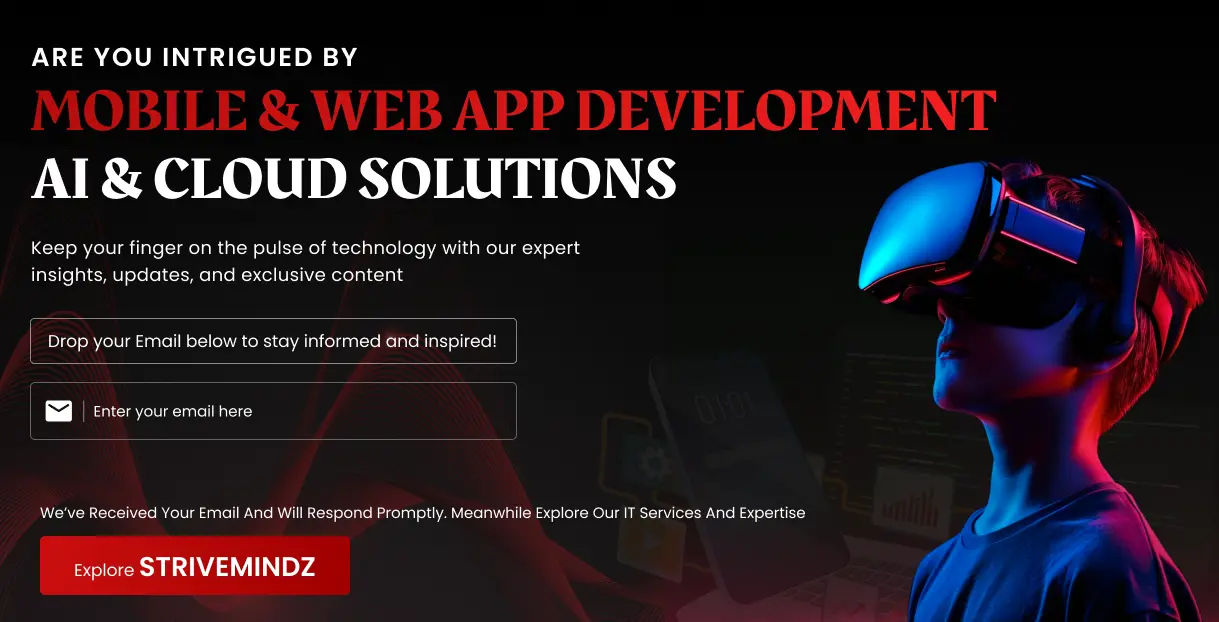The Future is at the Edge Unleashing the Power of Edge Computing in Revolutionizing Cloud Computing
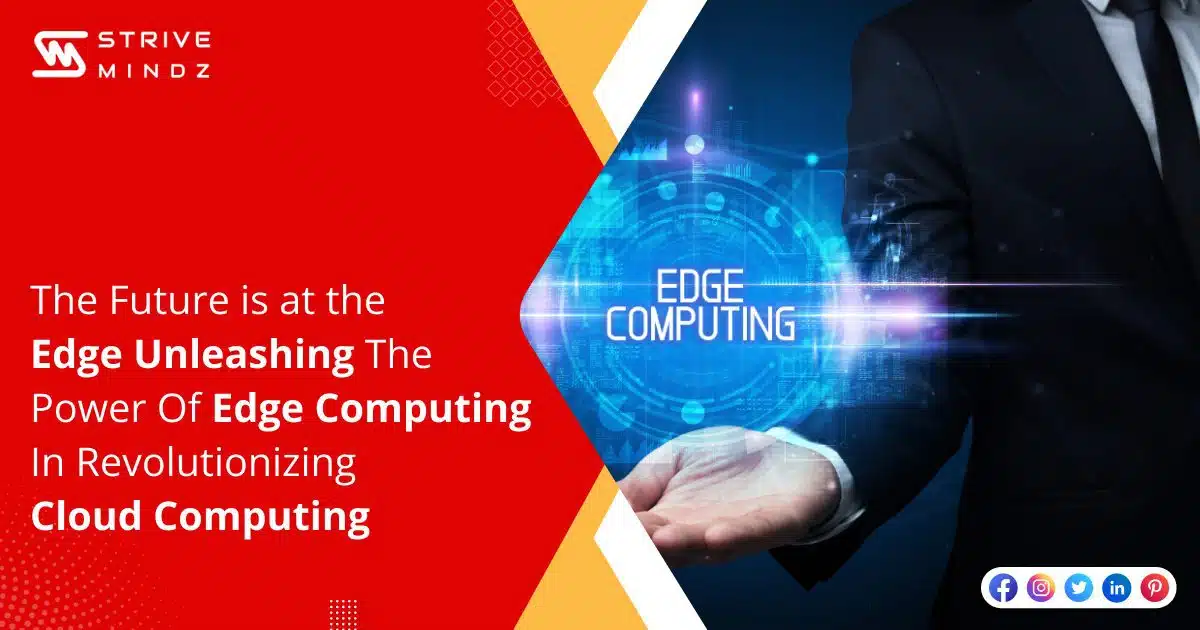
Overview
The world is generating more data than ever before, with a need of quick analysis of it to make informed decisions. Traditional cloud computing is no longer enough to keep up with the demand for instant insights. That’s where edge computing comes in. By bringing computing resources closer to the source of data generation, edge computing is transforming industries, enabling real-time decision-making, reducing latency and unlocking a new realm of possibilities.
As IoT devices, autonomous systems and edge computing applications proliferate, the shortcomings of conventional cloud computing are becoming more evident. This article will explore the emergence of edge computing, its key differences from traditional cloud computing and its potential applications across different industries and use cases. Additionally, we will analyse the benefits and challenges of edge computing and discuss the future of cloud computing with the advent of this new technology.
Get ready to delve into how edge computing is reshaping our digital landscape and transforming the way we interact with technology.
Introduction to Edge Computing and Cloud Computing
Computing has seamlessly integrated into the very essence of our daily lives, knitting together a technological tapestry. As the Internet of Things (IoT) surges forward and the need for instantaneous data processing grows, two revolutionary computing models have emerged: Edge Computing and Cloud Computing.
-
Edge Computing
Edge Computing is a distributed computing paradigm that enables data to be processed closer to where it is being generated. Rather than transmitting data to a centralized location like a cloud server for processing, edge computing leverages servers and devices positioned in proximity to the data source. This methodology minimizes latency, enhances response time, and optimizes system performance as a whole.
-
Cloud Computing
On the contrary, Cloud Computing entails a centralized computing approach where data and applications reside on remote servers accessible via the internet. It encompasses a network of distant servers offering diverse services such as data storage, processing, and management. This approach delivers scalability, flexibility, and cost-effectiveness, rendering it an optimal choice for businesses of any scale.
Differences between Edge Computing and Cloud Computing
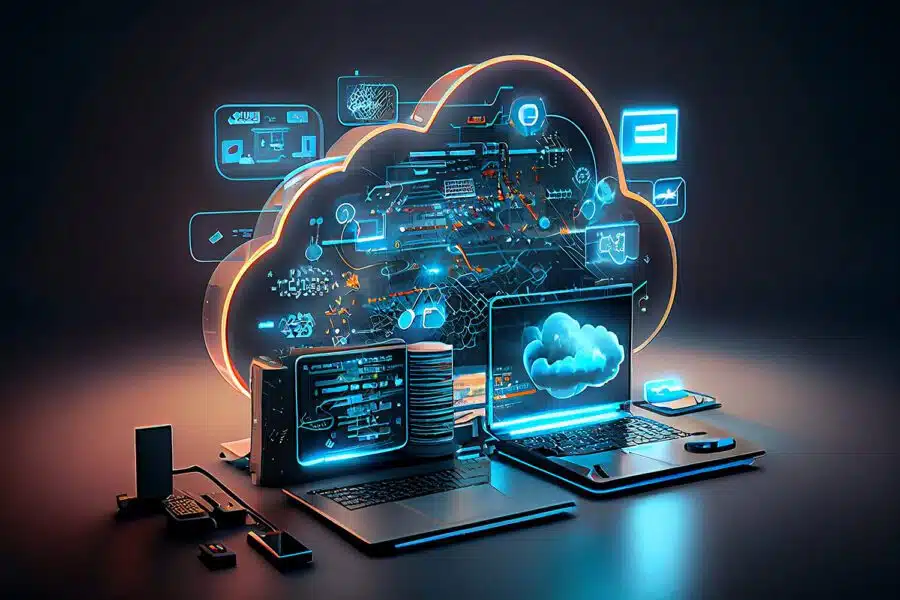
-
Architecture
The architecture of edge computing and cloud computing are fundamentally different. Edge computing architecture is decentralized and distributed, allowing data to be processed near the source. Cloud computing architecture, on the other hand, is centralized and involves processing data in a remote server location.
-
Data Processing
Edge computing processes data as it is generated, providing real-time results. In contrast, cloud computing necessitates transmitting data to a remote server for processing, potentially leading to concerns of latency and slower processing speed.
-
Latency
Edge computing reduces latency by processing data closer to the source, while cloud computing may result in increased latency due to the distance data has to travel between the source and remote data centre.
-
Cost
Edge computing offers a cost-effective solution compared to cloud computing by minimizing the data transfer to remote servers, resulting in reduced bandwidth costs. In contrast, cloud computing can incur higher expenses due to the maintenance and operation of remote data centers.
How Edge Computing is Revolutionizing the Internet of Things (IoT)
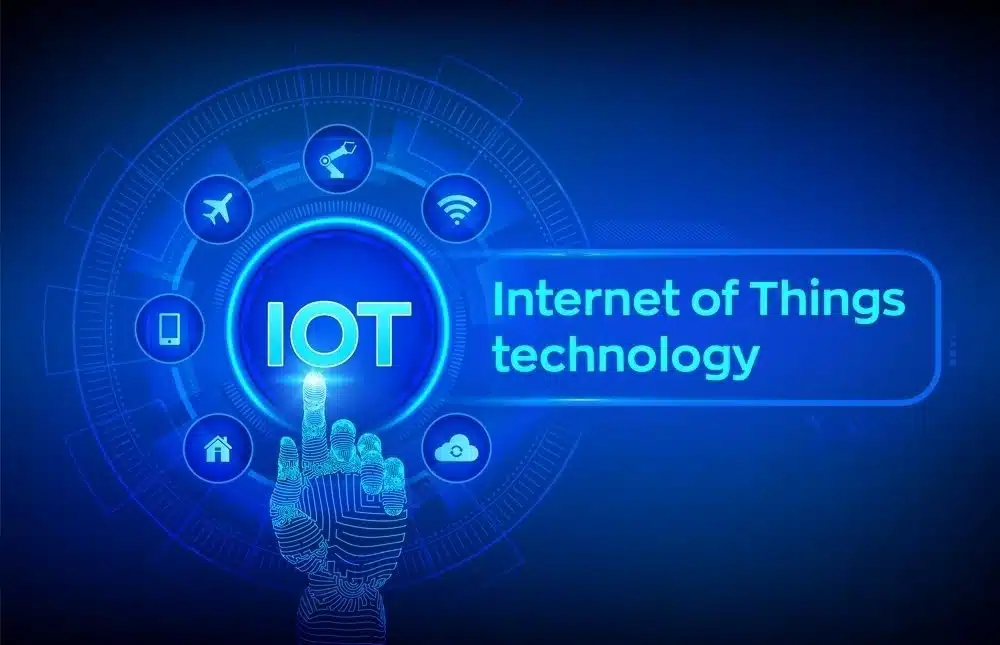
What is the Internet of Things?
The Internet of Things (IoT) represents an expansive network of interconnected devices, vehicles, and appliances seamlessly exchanging and sharing data amongst one another. The immense appeal of the IoT stems from its seamless interoperability. Within this IoT ecosystem, interconnected “smart” devices exhibit an extraordinary capability to seamlessly gather and share data with other devices and networks. By leveraging advanced data analysis and processing techniques, these devices can autonomously execute their assigned functions, often eliminating the necessity for human intervention.
How does Edge Computing Enhance IoT?
Edge computing enhances IoT by enabling data to be processed closer to where it is generated, reducing latency and increasing processing speed. Additionally, it enables real-time analysis and decision-making, thereby augmenting the overall operational efficiency of Internet of Things (IoT) devices.
Examples of Edge Computing in IoT
Edge computing plays a crucial role in the Internet of Things (IoT) by bringing computational power and intelligence closer to the data source. This enables real-time data processing, reduced latency, improved security, and bandwidth optimization. Some examples of edge computing in IoT are as:
- Smart Manufacturing: In manufacturing facilities, edge computing is used to process data from sensors embedded in machines, production lines, and equipment. By performing real-time analytics at the edge, manufacturers can optimize processes, detect anomalies, and improve overall efficiency.
- Smart Cities: Edge computing is employed in smart city applications such as traffic management, environmental monitoring, and public safety. Sensors deployed throughout the city collect data, which is processed locally to make decisions and trigger appropriate actions, such as adjusting traffic signals or detecting emergencies.
- Energy Management: In the context of energy management, edge computing is utilized to monitor power grids, renewable energy sources, and smart meters. By analyzing data at the edge, energy providers can optimize energy distribution, detect faults, and balance loads in real time.
- Connected Vehicles: Edge computing is essential in connected vehicles for tasks like advanced driver assistance systems (ADAS) and autonomous driving. The on-board computing systems process sensor data from cameras, lidars, and radars to make split-second decisions, enhancing safety and responsiveness.
- Healthcare Monitoring: Edge computing is leveraged in remote patient monitoring and healthcare applications. Devices such as wearables, medical sensors, and implants collect patient data, which is processed at the edge for real-time monitoring, early detection of abnormalities, and timely intervention.
- Agriculture and Farming: In smart agriculture, edge computing enables farmers to monitor and control various parameters like soil moisture, temperature, and crop health. By analyzing data at the edge, farmers can make informed decisions about irrigation, fertilization, and pest control, leading to optimized crop yields.
- Retail Analytics: Retailers use edge computing to analyze customer behavior, manage inventory, and personalize shopping experiences. Sensors, beacons, and cameras capture data in stores, which is processed at the edge to provide real-time insights, optimize shelf stocking, and deliver targeted promotions.
- Asset Monitoring: Edge computing is employed for asset monitoring in industries like logistics, transportation, and supply chain management. By embedding sensors in assets like containers or vehicles, real-time tracking, condition monitoring, and predictive maintenance can be performed at the edge, improving operational efficiency and reducing downtime.
These examples demonstrate the diverse applications of edge computing in IoT, highlighting its ability to bring intelligence and real-time processing capabilities closer to the data source, resulting in improved performance and efficiency.
Benefits of Edge Computing over Traditional Cloud Computing
-
Reduced Latency
Latency holds great importance in today’s interconnected world. In this world, where instant decision-making is essential for the proper operation of endpoint devices, even minor delays can have significant consequences.
Edge computing reduces latency by processing data closer to the source, making it ideal for time-sensitive applications.
-
Increased Security
Despite the implementation of security measures, edge devices can still be susceptible to hacking if not adequately protected. Nevertheless, it is crucial to acknowledge that edge devices typically store minimal data volumes and often lack comprehensive datasets that would attract the attention of potential hackers.
So, edge computing can offer increased security by keeping data closer to the source, reducing the risk of data breaches.
-
Improved Reliability
Edge computing can improve reliability as it reduces the dependence on a single centralized server. It maintains functionality in situations where communication channels experience sluggishness, sporadic availability or temporary disruptions. With multiple devices processing data, the chances of experiencing a system failure are reduced in edge computing.
-
Lower Bandwidth Usage
Industry experts anticipate a steady climb in connectivity costs. Additionally, the demand for higher bandwidth to handle this data load is expected to contribute further to the escalating price.
Edge computing effectively minimizes the volume of data requiring transmission to remote servers, leading to decreased bandwidth consumption and cost savings.
Applications of Edge Computing in Various Industries
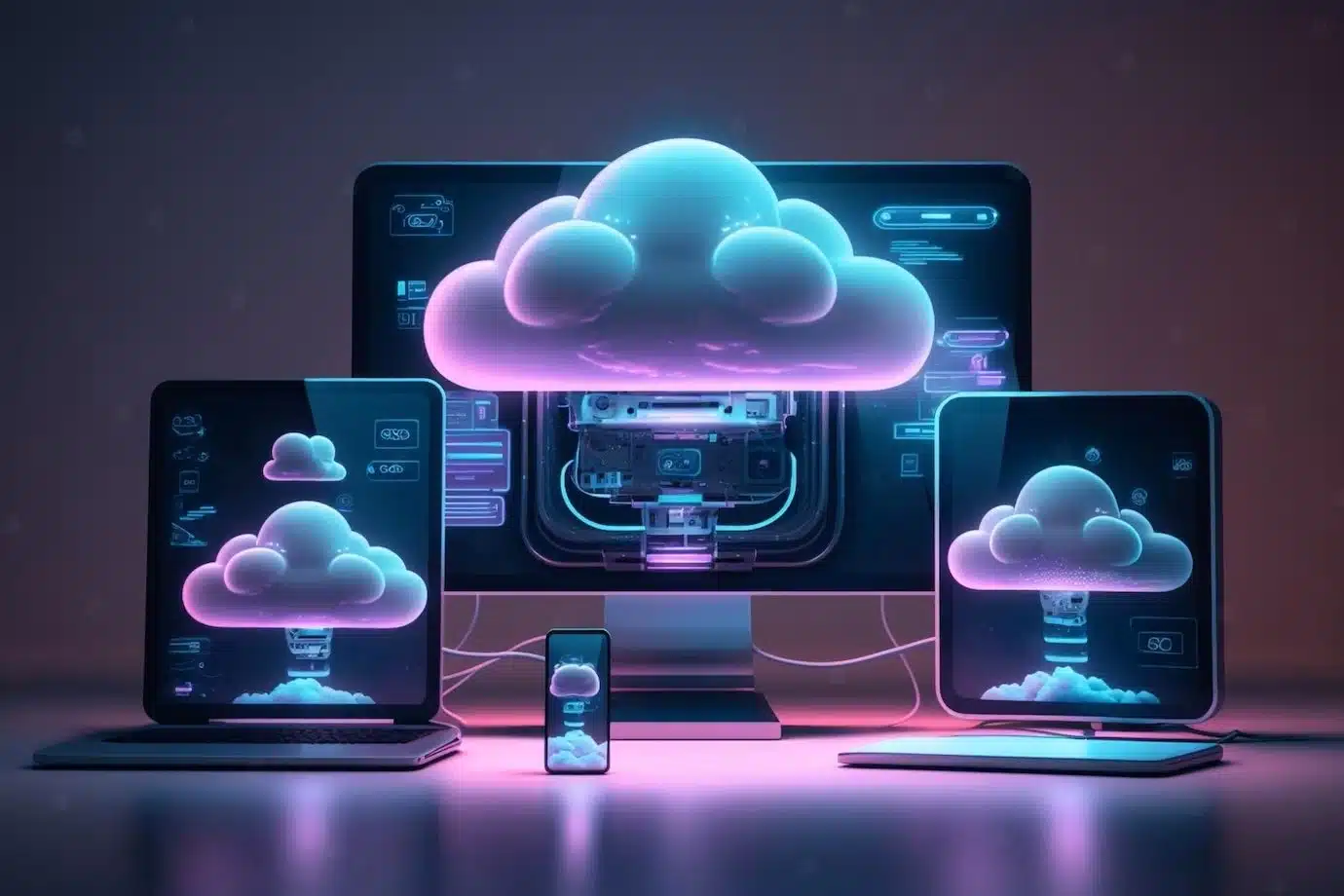
-
Manufacturing
Edge computing has immense potential to transform the manufacturing industry. By leveraging edge devices, manufacturers can collect and analyse data in real time, making it easier to identify areas for optimization and make quick, informed decisions. Edge computing also enables predictive maintenance, reducing downtime and improving efficiency.
-
Healthcare
Edge computing is revolutionizing patient care by enabling faster and more accurate diagnoses.
Empowered by real-time data processing capabilities, physicians are enabled to make expedited and well-informed decisions. Additionally, edge computing enables remote patient monitoring, expanding access to healthcare and improving patient outcomes.
-
Retail
The retail industry is being transformed by the utilization of edge computing, which empowers the provision of personalized shopping experiences. Retailers can leverage edge computing to collect and analyze customer data in real-time, providing personalized recommendations and offers. Edge computing also enables retailers to optimize inventory management, reducing stockouts and improving supply chain efficiency.
-
Transportation
Edge computing has immense potential to transform the transportation industry by enabling autonomous vehicles.
By enabling real-time data processing, vehicles gain the capability to swiftly make informed decisions, resulting in enhanced safety measures and a reduction in accidents. Additionally, edge computing enables smarter traffic management, reducing congestion and improving transportation efficiency.
-
Finance
Edge computing is reshaping the finance industry by enabling faster and more accurate financial transactions. With the ability to process data in real-time, financial institutions can detect and respond to fraudulent activities quickly, improving security. Additionally, edge computing enables personalized financial services, expanding access to financial services and improving customer experience.
Challenges and Limitations of Edge Computing
-
Edge Hardware Limitations
Edge computing encounters hardware limitations such as processing power constraints, limited storage etc. which makes it challenging to process large volumes of data.
Overcoming these limitations necessitates innovative design, advancements in semiconductor technology, and careful consideration of trade-offs between computational capabilities, storage capacity, power efficiency, and physical constraints.
-
Data Privacy and Security Concerns
Edge computing introduces data privacy and security concerns due to the decentralized nature of edge devices. Organizations must prioritize securing edge devices, implementing strong access controls, encrypting data, and ensuring compliance with privacy regulations. By adopting robust security measures and comprehensive data privacy frameworks, organizations can mitigate risks and protect sensitive data in edge computing environments.
-
Integration with Existing Infrastructure
Integrating edge computing with existing infrastructure offers enhanced capabilities and real-time analytics, but it requires meticulous planning. Considerations such as network connectivity, data synchronization, protocol compatibility, and infrastructure upgrades are crucial for seamless integration. By addressing these aspects thoughtfully, organizations can unlock the potential of edge computing while ensuring a smooth and efficient integration process with their current infrastructure.
Future of Cloud Computing with the Emergence of Edge Computing
-
Hybrid Cloud-Edge Computing
Hybrid cloud-edge computing combines the scalability of the cloud with the processing capabilities of edge devices. It optimizes data processing, enhances security and privacy, enables real-time insights, and reduces infrastructure costs. This approach offers flexibility, resource optimization, and seamless management for organizations, unlocking the potential for innovative applications and business transformation.
-
Increased Adoption of Edge Computing
Edge computing is gaining widespread adoption as organizations recognize its potential to revolutionize data processing. By bringing computation closer to the data source, edge computing offers reduced latency, real-time decision-making, and increased efficiency. Businesses are embracing edge computing to benefit from faster insights, lower bandwidth requirements, and enhanced security. As data volumes grow, edge computing is becoming essential for managing data-intensive workloads and enabling innovative applications. This trend signifies a shift towards a more distributed and intelligent computing landscape.
-
Growth of Edge Computing Ecosystem
Edge computing is changing the way we process data and making things happen faster. Edge computing brings the power of computers closer to where the data is coming from. This means we can analyse the data in real time, make decisions faster and reduce delays. As more and more devices are connected and generating lots of data, edge computing is becoming super important. The progress owes much to improved internet connectivity, advancements in cloud technology, and the proliferation of intelligent devices. Various individuals play vital roles in the realm of edge computing, including infrastructure creators, software developers, and application designers. This is all helping to create new ideas and make things better for everyone!
Conclusion
Edge computing is transforming the future of cloud computing and the digital transformation of businesses.
With the strategic utilization of emerging technologies, businesses can proactively embrace the advantages offered by edge computing, positioning themselves at the forefront of progress. In essence, edge computing represents a promising technology capable of revolutionizing data processing and analysis methodologies. Its intrinsic benefits, including reduced latency, heightened security, and enhanced reliability, make it a valuable augmentation to the cloud computing landscape. As technology continues to mature and adoption rates rise, we can anticipate witnessing an array of innovative edge-computing applications across diverse industries.
Strivemindz revolutionizes businesses by seamlessly integrating edge computing technology with traditional cloud computing solutions. With our comprehensive services, enterprises can optimize their operations, elevate their services and gain an unbeatable competitive edge in the dynamic digital era.
By harnessing the power of edge computing, businesses can process real-time data swiftly, enabling informed decision-making and supercharging overall efficiency and performance. Our expert team ensures that enterprises embrace edge computing with ease, addressing challenges such as hardware constraints, data privacy, security concerns, and seamless integration with existing infrastructure.
With Strivemindz by your side, you can confidently reshape your industry by unlocking the immense potential of real-time data processing and experiencing the transformative impact it brings to your business. Embrace the future of computing today and seize the competitive advantage that edge computing offers with us as your trusted partner.
